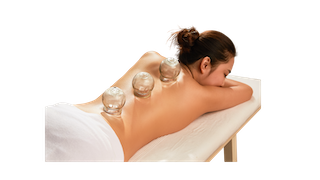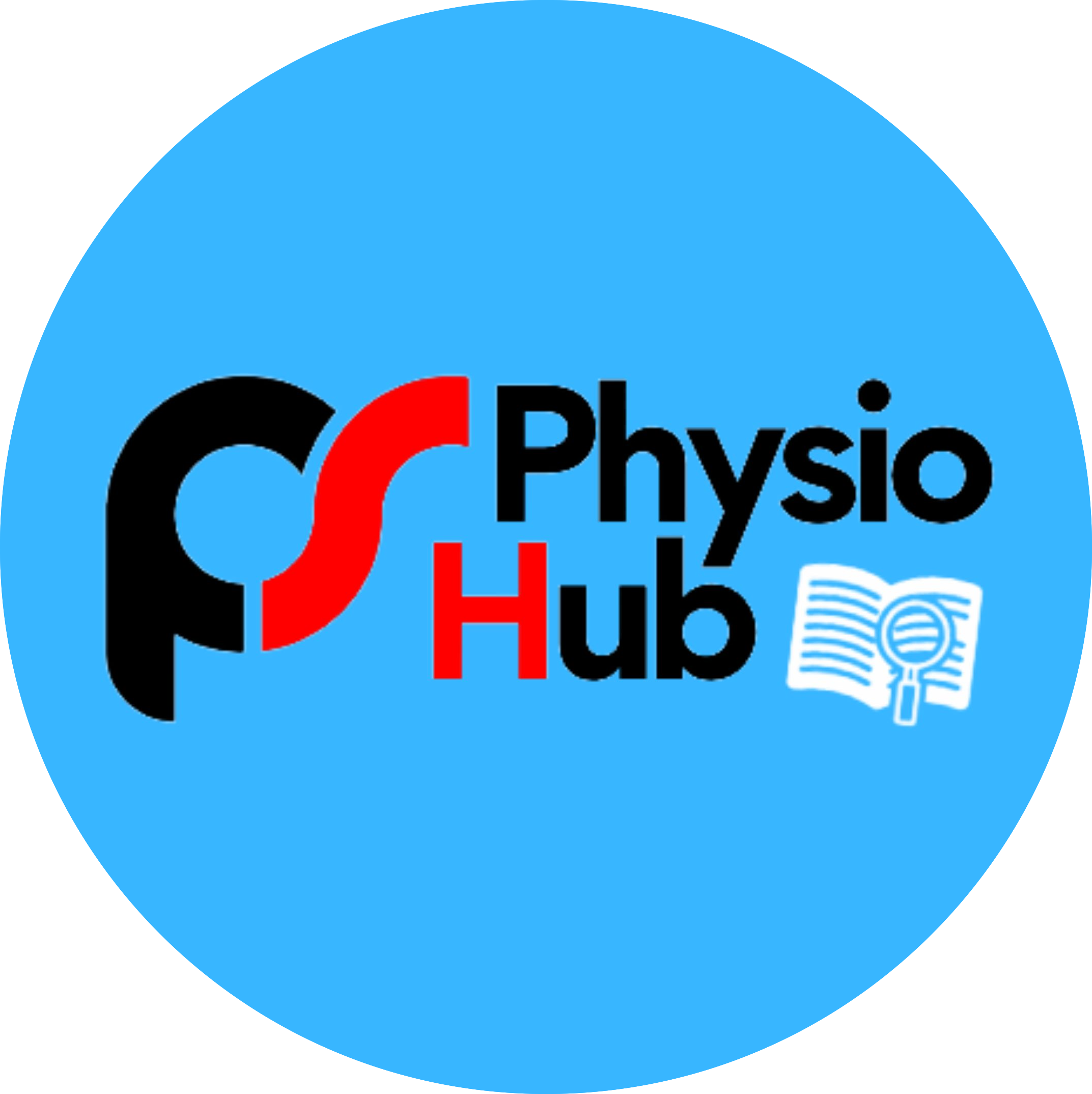Physio Hub:
Evidence-Based Article
The Potential of Cupping Therapy: Enhancing Athletic Performance and Recovery

< Key Points >
- Long History and Popular in Athletes: Cupping therapy, an ancient healing technique, is regaining popularity in modern medicine as a method for athletes to enhance their performance.
- Enhanced Recovery: Cupping therapy can significantly speed up the recovery process for athletes by improving blood circulation to overworked muscles, reducing inflammation, and minimizing muscular immobility.
- Pain Management and Performance Boost: The technique offers a non-invasive and drug-free option for managing pain, which can coincide with improvements in athletes’ performance, notably through increased flexibility and reduced muscle tension.
-
Cupping therapy is an old-school healing method that’s making a comeback in today’s medicine world. It has gained popularity as a treatment for athletes who want to improve their performance. This therapy has been used to treat a wide range of medical disorders, including pain and respiratory problems in the past, but it has recently become well-known as a means of enhancing sports performance. People are turning to it because it seems to help with pain issues (Aboushanab, 2018). It’s all about fixing the balance inside you, getting your blood moving better, and making sure your energy flows smoothly (Dalton, 2017; Mehta, 2015). Picking just the right spots to put the cups is super important – it can make the treatment work better and keep you safe (Qureshi, 2018). Recent studies say it might help with migraines, fibromyalgia, and even stress (Cao et al., 2010; Kim et al., 2011). Athletes are using it to recover from muscle pains faster (Armstrong et al., 2017).
Understanding How Cupping Helps
Cupping therapy is a Chinese healing trick that works in different ways. By applying cups to the skin and producing a vacuum, this ancient Chinese technique sucks the tissue beneath the skin into the cup. Faster recovery times are one of the primary ways in which cupping therapy can enhance sports performance. Athletes frequently experience stiffness and soreness in their muscles after training or competition, which can hinder their performance. By improving the blood supply to the muscles, cupping therapy assists in flushing out waste materials and toxins that cause stiffness and discomfort. Athletes may therefore heal more rapidly and resume training earlier as a result. Following are the experts’ sayings on cupping therapy:
- Hong (2011) says it creates this kind of suction that changes how your tissues are set up, stretches out your nerves and muscles, gets your blood moving better, and even helps break down old blood cells.
- Cui (2012) backs this up, saying that suction helps your blood vessels open up, makes your tiny blood vessels work better, and helps your body fix itself up.
Through the increase of the range of movements and flexibility, cupping therapy might improve athletic performance. Cupping therapy helps lessen muscle tension and increase flexibility by dissolving knots and soothing the muscles. So, in simple terms, cupping therapy basically gets your body to fix itself by giving it a little boost.
Cupping in Sports: Helping Athletes Heal and Perform
Athletes are using cupping therapy to help them with muscle pain, to make them less tired, and to boost their performance (Akkurt, 2020). A study in 2020 found cupping therapy might be really good for treating muscle and joint pain without causing much harm (Trofa 2020). Plus, some research says it can make you hurt less and move better (Bridgett, 2017). But we still need more info to know for sure how well it works and if it’s totally safe. Following are the benefits of cupping for athletes.
- Enhanced Recovery: For athletes, one of the most significant advantages of cupping therapy is its potential to hasten the healing process following exercise. Cupping therapy helps lessen inflammation and muscular immobility by increasing blood flow to tired, aching muscles, allowing athletes to resume their workouts sooner.
- Pain management: Due to injuries and demanding training, athletes must constantly cope with pain. The process provides a non-invasive, drug-free method of managing pain. It can be combined with other pain management techniques like physical therapy or acupuncture.
- Enhanced Performance: Although the evidence is mostly informal, some athletes believe that cupping therapy has had a significant impact on their performance. Athletes may have an improved range of motion and less muscle tension, which can lead to improved athletic performance.
- Non-Invasive Nature: Athletes wishing to incorporate complementary therapies into their training regimen may find cupping therapy to be a practical alternative due to its non-invasive nature and minimal adverse effects.
- Customization: Athletes can have their therapy sessions tailored to meet their specific demands. To address specific issues and goals, a qualified therapist can alter the cups’ power, duration, and placement.
Cupping’s Future in Athletics
To sum it up, cupping therapy seems helpful for athletes with muscle pain and fatigue, but we need more good studies to be sure (Akkurt, 2020; Bridgett, 2017; Musumeci, 2016; Trofa, 2020).
Although some research looks promising, we still don’t know everything about how well it works for athletes. If athletes have an interest in trying cupping therapy, they should first speak with a professional and licensed provider. It’s important to approach this supplemental treatment with reasonable expectations and a knowledge of any possible adverse effects.
So, while it’s interesting, we’ll need more studies to figure out if it’s really a game-changer for them.
< Reference >
- Aboushanab TS, AlSanad S. Cupping Therapy: An Overview from a Modern Medicine Perspective. Journal of Acupuncture and Meridian Studies. 2018;11(3):83-87. doi:1016/j.jams.2018.02.001
- Athletic Training Department, School of Allied Health, Lincoln Memorial University, Harrogate, TN 37752, USA, Dalton EL, Velasquez BJ, Athletic Training Department, School of Allied Health, Lincoln Memorial University, Harrogate, TN 37752, USA. Cupping Therapy: An Alternative Method of Treating Pain. Public Health Open J. 2017;2(2):59-63. doi:17140/PHOJ-2-122
- Mehta P, Dhapte V. Cupping therapy: A prudent remedy for a plethora of medical ailments. Journal of Traditional and Complementary Medicine. 2015;5(3):127-134. doi:1016/j.jtcme.2014.11.036
- Qureshi N, Alkhamees O, Alsanad S. Cupping Therapy (Al-Hijamah) Points: A Powerful Standardization Tool for Cupping Procedures? JOCAMR. 2018;4(3):1-13. doi:9734/JOCAMR/2017/39269
- Hong SH, Wu F, Lu X, Cai Q, Guo Y. [Study on the mechanisms of cupping therapy]. Zhongguo Zhen Jiu. 2011;31(10):932-934.
- Cui S, Cui J. [Progress of researches on the mechanism of cupping therapy]. Zhen Ci Yan Jiu. 2012;37(6):506-510.
- Department of Sports Medicine, School of Medicine, Erciyes University, Kayseri Turkey, Akkurt S, High Altitude and Sports Sciences Research and Implementation Center, Erciyes University, Kayseri, Turkey. Scientific Overview of Cupping Applications in Athletes. TurkJSportsMed. Published online October 22, 2020. doi:5152/tjsm.2020.194
- Bridgett R, Klose P, Duffield R, Mydock S, Lauche R. Effects of Cupping Therapy in Amateur and Professional Athletes: Systematic Review of Randomized Controlled Trials. The Journal of Alternative and Complementary Medicine. 2018;24(3):208-219. doi:1089/acm.2017.0191
- Trofa DP, Obana KK, Herndon CL, et al. The Evidence for Common Nonsurgical Modalities in Sports Medicine, Part 2: Cupping and Blood Flow Restriction. JAAOS Glob Res Rev. 2020;4(1):e19.00105. doi:5435/JAAOSGlobal-D-19-00105
- Musumeci G. Could Cupping Therapy Be Used to Improve Sports Performance? JFMK. 2016;1(4):373-377. doi:3390/jfmk1040373






